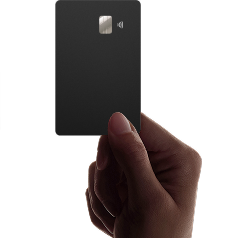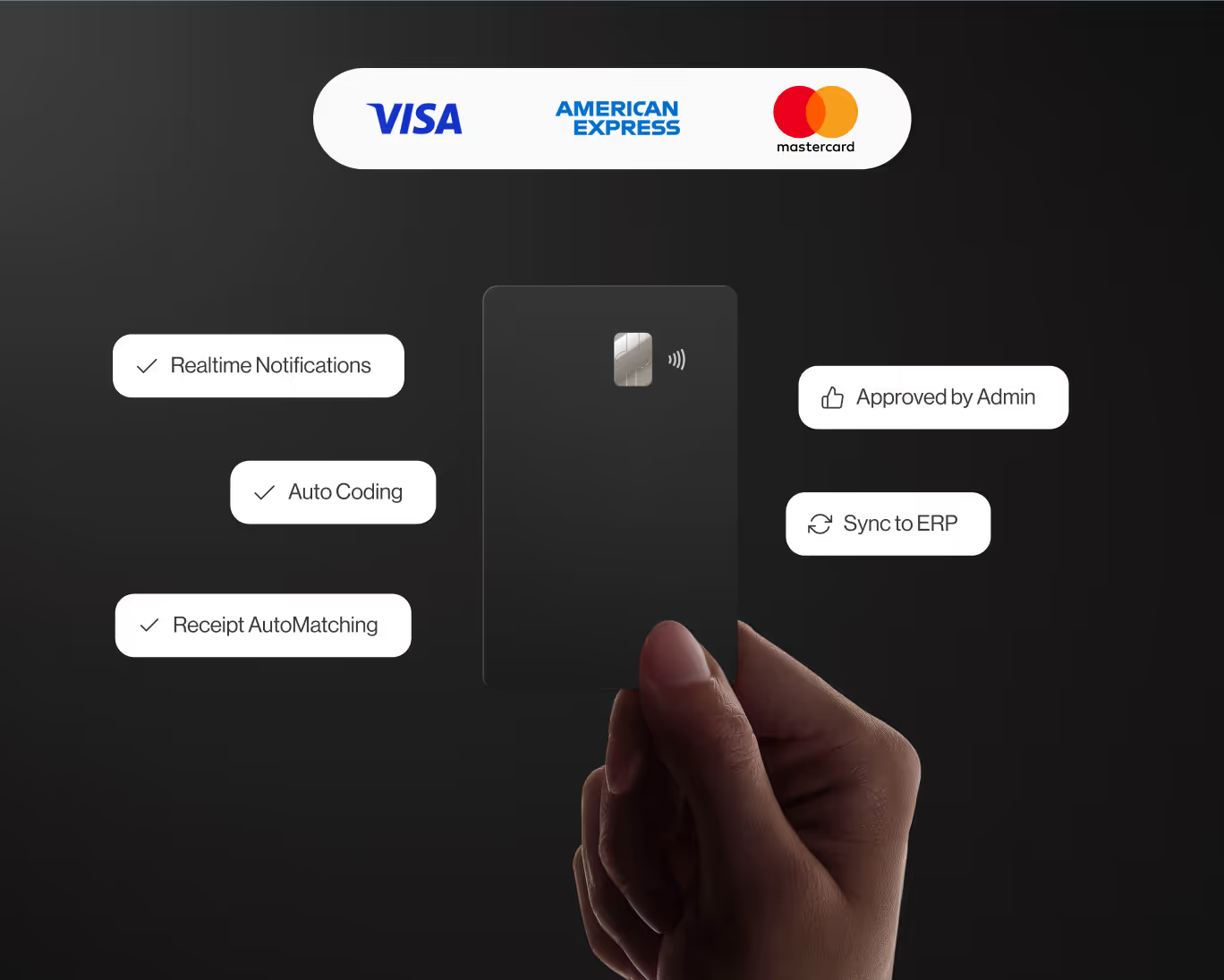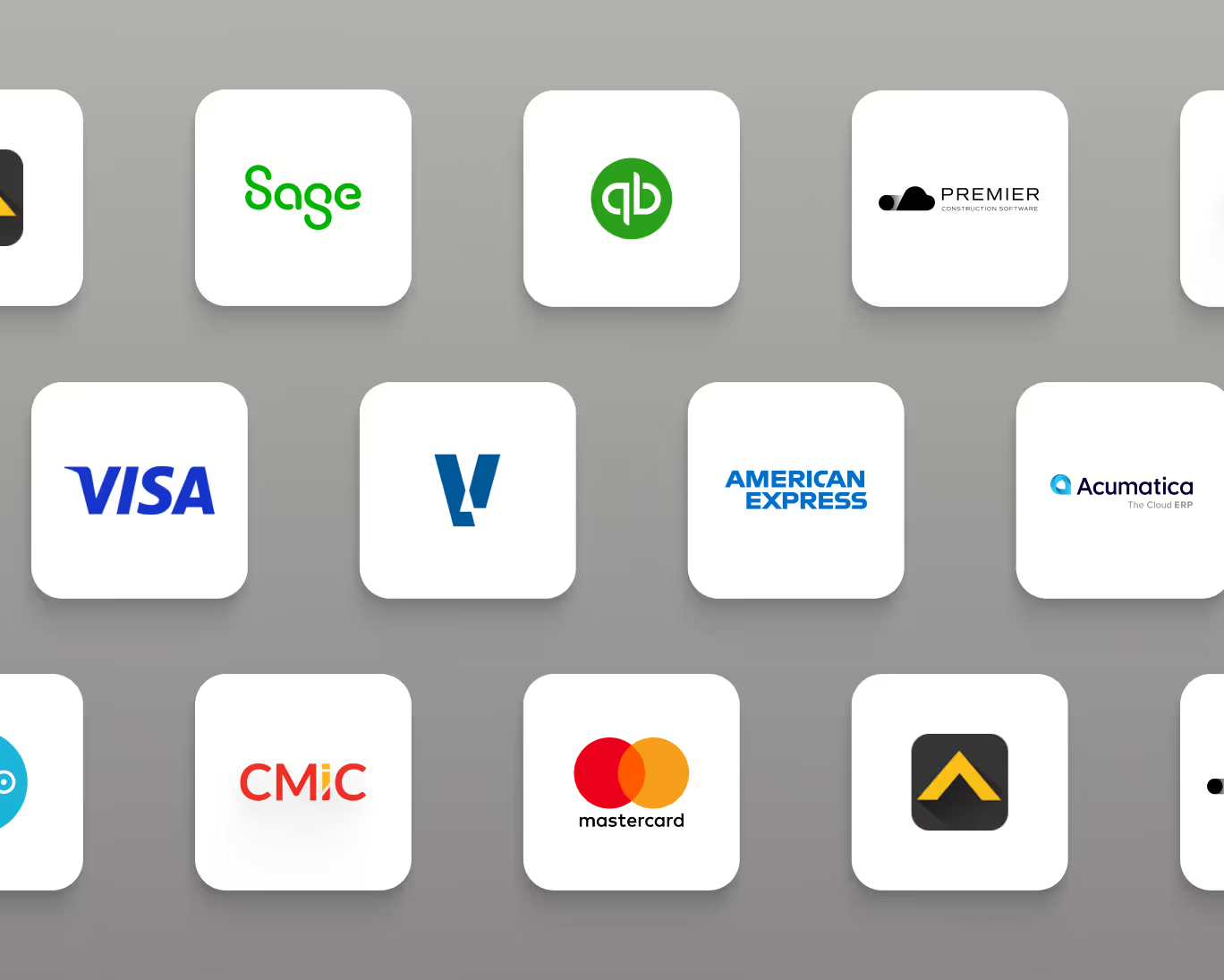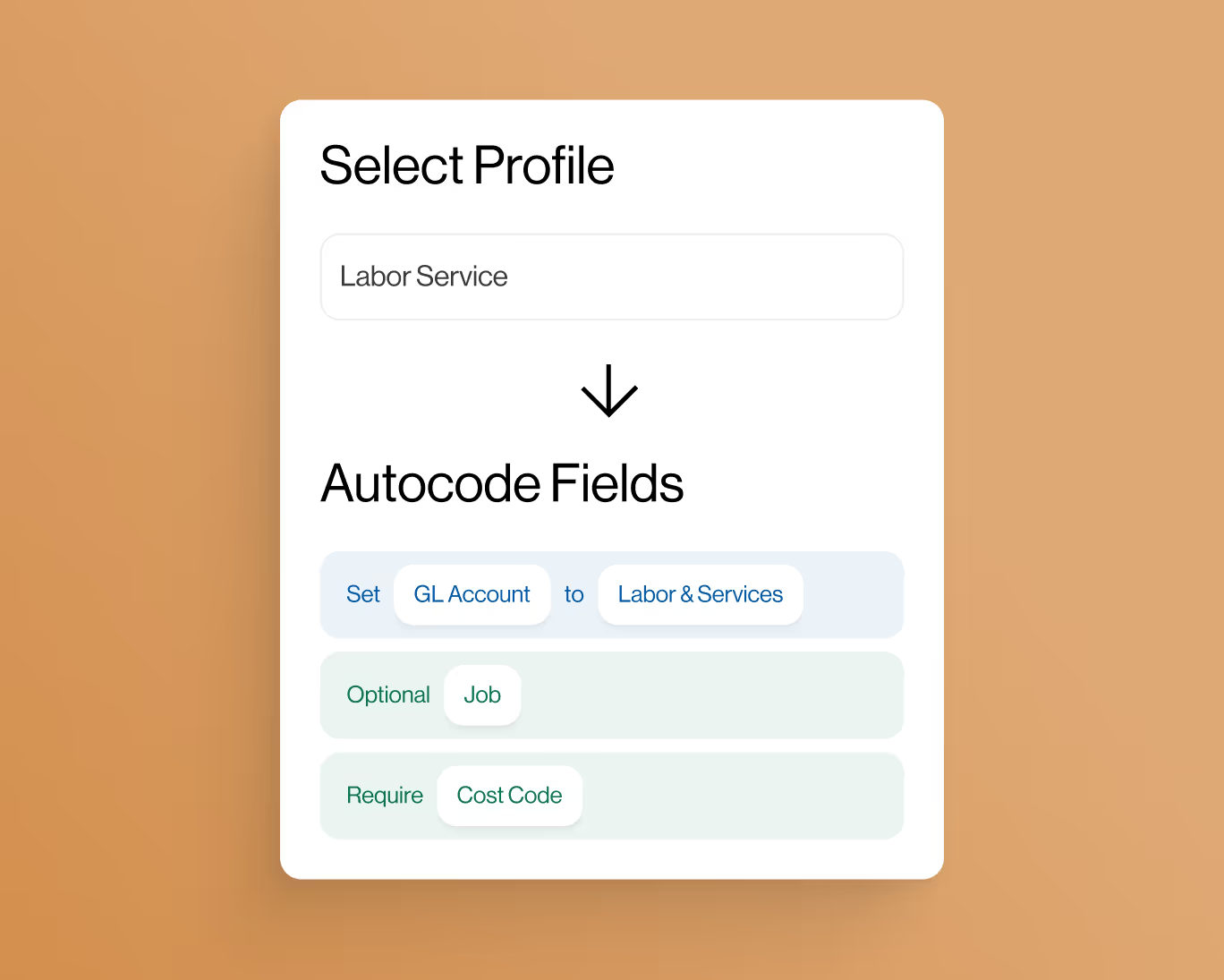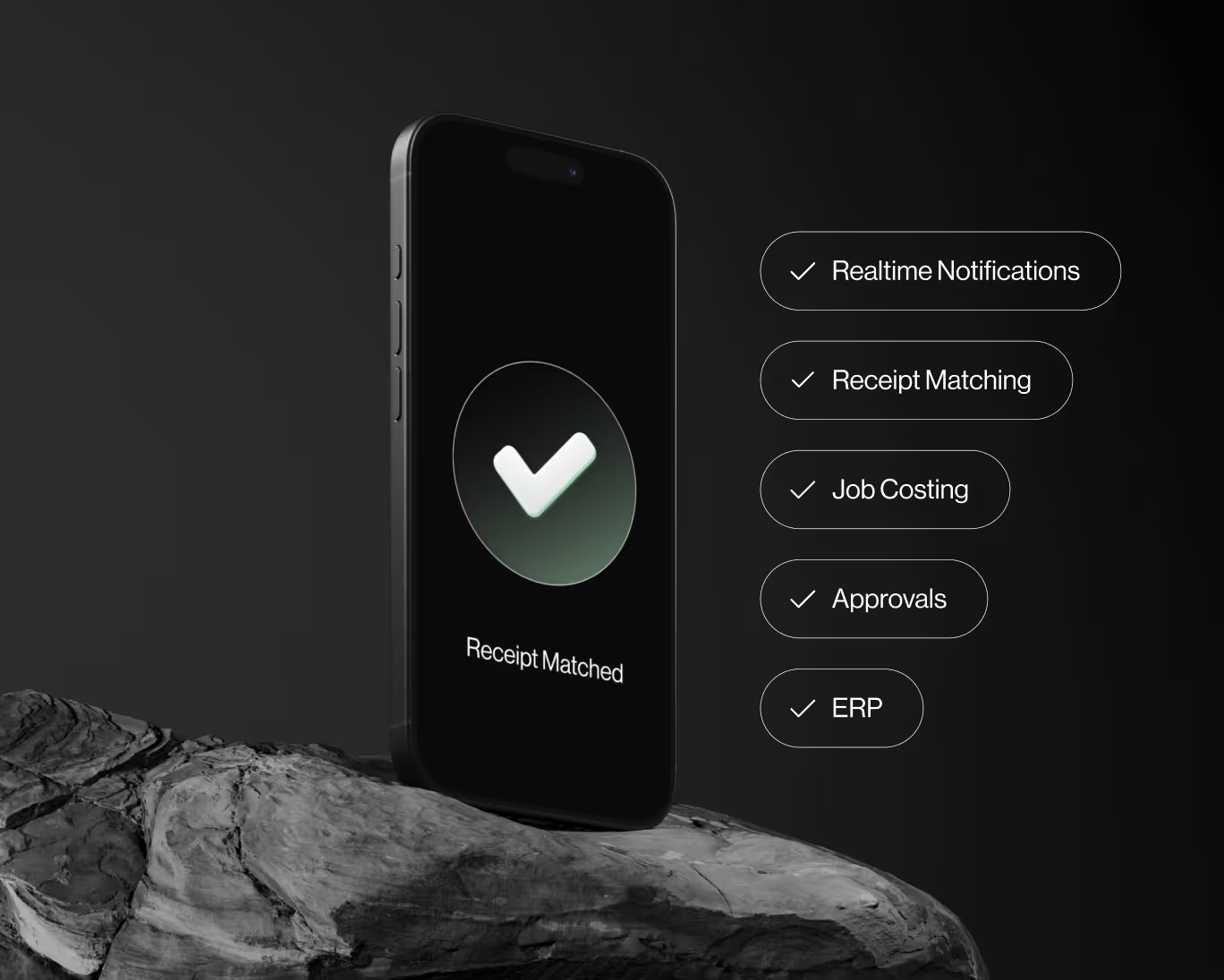Bank Draw in Construction: Understanding Its Purpose and Process
In the construction industry, managing finances is a critical aspect of successful project execution. Large-scale construction projects often require significant financial resources that may not be readily available to the contractors or developers. To address this, the concept of "Bank Draw" comes into play. A Bank Draw is a mechanism that allows construction companies to access funds from a construction loan or line of credit provided by a bank or financial institution. Understanding the purpose and process of Bank Draws is essential for construction companies to effectively manage cash flow, fund ongoing project activities, and ensure timely project completion. In this blog post, we will explore what Bank Draw means in construction, its relevance, and why it is a vital aspect of financial management in construction projects.
What is a Bank Draw in Construction?
In construction, a Bank Draw, also known as a construction draw or progress draw, is a request made by the contractor or developer to access funds from a construction loan or line of credit. Bank Draws are typically based on the completion of specific milestones or stages of the construction project. The purpose of Bank Draws is to provide the necessary financial resources to cover ongoing project expenses, such as labor, materials, and subcontractor payments.
Bank Draws allow construction companies to maintain cash flow throughout the project, as construction projects often have significant upfront costs before revenue is generated from the completed project.
Relevance and Importance of Bank Draws in Construction
Bank Draws hold significant relevance in construction projects for the following reasons:
1. Cash Flow Management
Bank Draws help construction companies manage cash flow by providing funds at critical stages of the project when expenses are high.
2. Funding Ongoing Expenses
Bank Draws ensure that ongoing project expenses, such as paying labor and purchasing materials, can be covered in a timely manner.
3. Project Continuity
Access to timely funds through Bank Draws ensures that construction projects can progress smoothly and avoid delays due to financial constraints.
4. Risk Mitigation
By receiving funds through Bank Draws based on completed milestones, construction companies can mitigate the risk of non-payment for work already completed.
The Bank Draw Process
The Bank Draw process in construction typically involves the following steps:
1. Milestone Completion
The construction company completes specific milestones or stages of the project, such as completing the foundation or reaching a certain level of construction.
2. Draw Request
The contractor or developer submits a formal draw request to the bank, outlining the completed milestones and the corresponding amount requested.
3. Bank Verification
The bank verifies the completion of the milestones and reviews the draw request to ensure compliance with the loan or credit terms.
4. Fund Disbursement
Once the draw request is approved, the bank disburses the requested funds to the construction company's account, allowing them to cover ongoing project expenses.
Conclusion
Bank Draws play a crucial role in managing cash flow and funding ongoing expenses in construction projects. By accessing funds based on completed milestones, construction companies can ensure project continuity, manage financial risks, and maintain smooth progress throughout the project. Understanding the Bank Draw process is vital for effective financial management in construction projects, allowing construction companies to optimize resources, meet financial obligations, and achieve successful project outcomes.


